Top 10 Best Mouse To Buy, Price, History, Invention, Full Form, Types, Compare, Review, Fact
What is Mouse in Computer?
In the context of computers, a mouse is a peripheral device that allows users to control a computer’s graphical user interface (GUI) through a combination of movement and button clicks. The mouse is typically connected to the computer via a USB port, Bluetooth, or other connection methods.
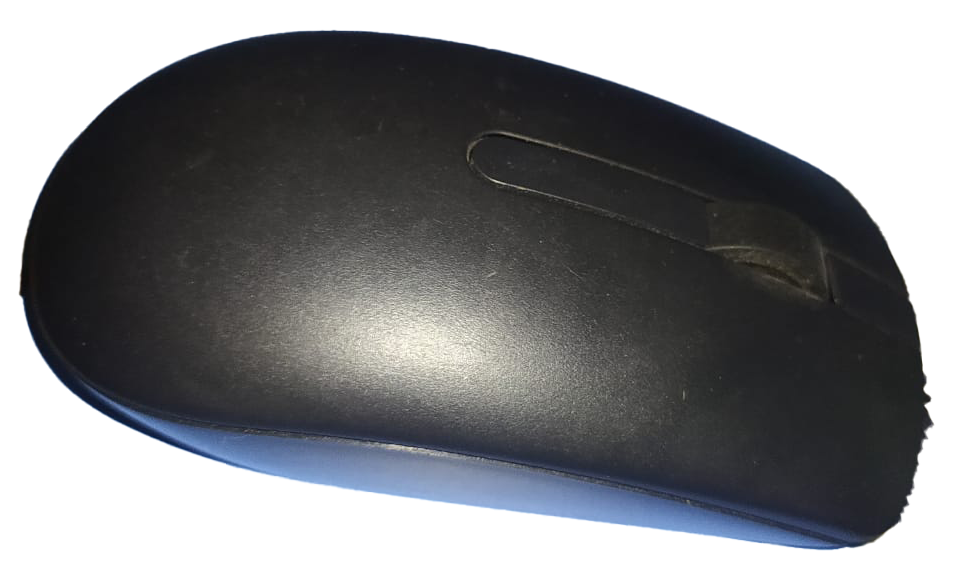
The mouse consists of a small, palm-sized object with one or more buttons and a sensor on the bottom that detects movement. As the user moves the mouse across a flat surface, the sensor picks up the movement and translates it into the corresponding movement of the on-screen cursor. The buttons on the mouse are used to perform various actions like selecting items, opening files, or activating programs.
Invented by Douglas Engelbart in 1963, the computer mouse has become an essential input device for most computers and has evolved over time to include additional features such as scroll wheels, customizable buttons, and ergonomic designs to suit different users’ needs.
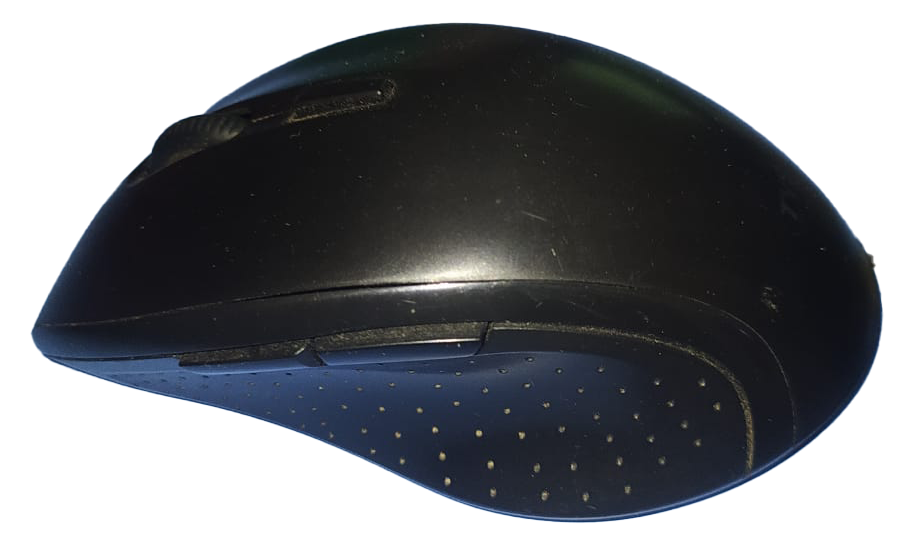
Who Invented Mouse?
The computer mouse was invented by Douglas Engelbart, an American engineer, and inventor. He developed the first prototype of the mouse in 1963 while working at the Stanford Research Institute (SRI). Engelbart’s invention was a part of his larger vision to create a more efficient and intuitive way for users to interact with computers. The first mouse featured a wooden shell, two metal wheels, and a single button. It became an essential component of modern computing, revolutionizing how users interact with graphical user interfaces. (Top 10 Best Mouse To Buy)
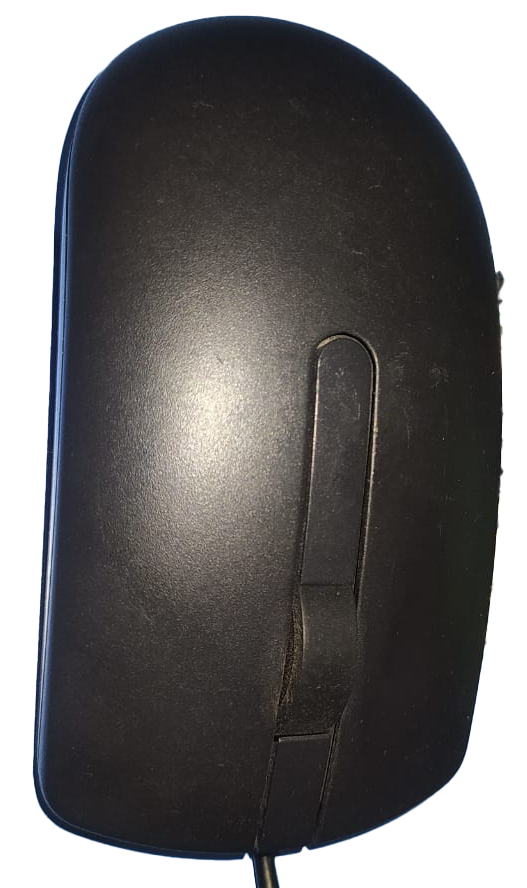
Full form of Mouse?
The term “mouse” in the context of computers does not have a full form or an acronym. The name “mouse” was given to the device because of its small size and the cable attached to it, which resembled the tail of a mouse. As the device has evolved over time, many models now use wireless technology and no longer have a cable, but the name has remained the same.
Type of Mouse?
- Mechanical mouse: Also known as a ball mouse, this type uses a rubber or metal ball on its underside to detect movement. As the ball rolls, it makes contact with internal rollers, which translate the movement to the on-screen cursor. Mechanical mice are largely outdated due to their lower precision and the need for frequent cleaning.
- Optical mouse: This type of mouse uses an LED light and an optical sensor to detect movement. As the mouse moves across a surface, the sensor captures images of the surface and processes them to determine the direction and speed of the movement. Optical mice have largely replaced mechanical mice due to their improved accuracy, reliability, and lower maintenance requirements.
- Laser mouse: Similar to optical mice, laser Mouse uses a laser sensor instead of an LED light to detect movement. This allows for greater precision and works on a wider variety of surfaces. Laser mice are often preferred by gamers and graphic designers who require high levels of accuracy.
- Wireless mouse: A wireless mouse connects to the computer without a cable, typically using Bluetooth or a radio frequency (RF) receiver plugged into a USB port. Wireless mice offer greater freedom of movement and help reduce cable clutter on the desk.
- Trackball mouse: This type of mouse has a large, stationary ball on the top that the user rolls with their fingers or palm to control the on-screen cursor. Trackball mice can be more ergonomic and require less desk space, as they don’t need to be moved across a surface.
- Vertical mouse: Designed to reduce strain on the wrist and forearm, a vertical mouse positions the user’s hand in a more natural, handshake-like position. This type of mouse is often used by people experiencing wrist pain or those who want to prevent repetitive strain injuries.
- Gaming mouse: Specifically designed for gamers, these mice often include additional buttons, customizable sensitivity settings, and high-precision sensors to enhance gameplay. Gaming mice may also feature customizable weights and ergonomic designs to suit individual preferences.
- 8. Stylus mouse: A stylus mouse is a pen-like device that allows users to interact with the computer screen directly, often used for drawing, handwriting recognition, or graphic design work. They are commonly used with graphics tablets or touchscreen devices. (Top 10 Best Mouse To Buy)
Read Also:-What is Laptop, Top Solid 5 Advantages, Disadvantages, laptop meaning, and uses, 10 uses of laptop
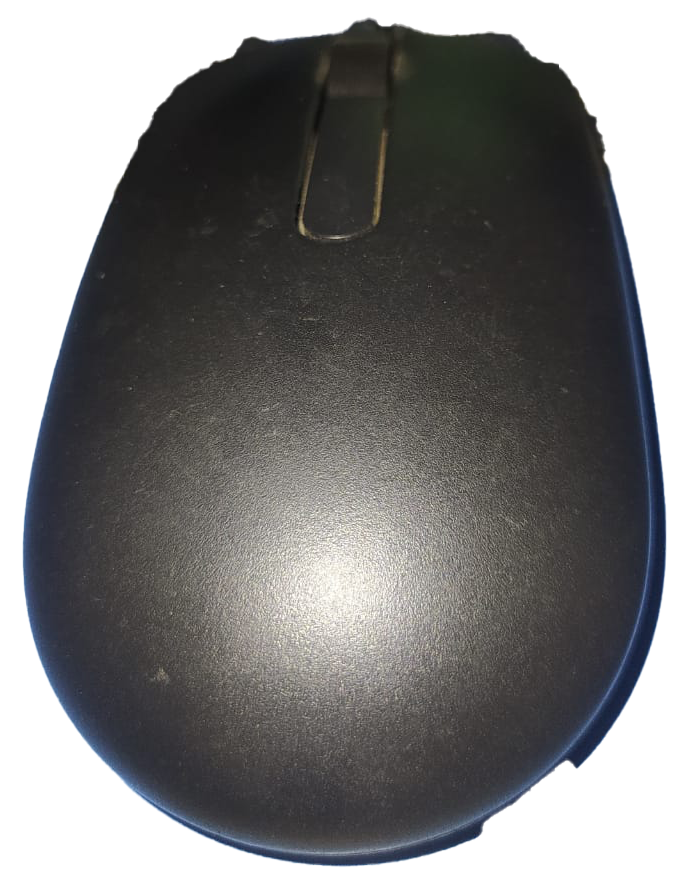
Top Mouse Brands?
There are several top mouse brands known for their quality, performance, and reliability. These brands cater to different needs and preferences, from everyday computing tasks to specialized uses like gaming or graphic design. Some of the top mouse brands include:
- Logitech: A well-known brand for computer peripherals, Logitech offers a wide range of mice for various purposes, including productivity, gaming, and ergonomic designs.
- Microsoft: As the developer of the Windows operating system, Microsoft also manufactures a range of computer mice, from basic models to more advanced options like the Microsoft Arc Mouse and the Precision Mouse.
- Razer: Razer is a popular brand among gamers and offers a variety of gaming mice with high-precision sensors, customizable buttons, and unique designs.
- Corsair: Another brand popular among gamers, Corsair offers gaming mice with customizable features, high-quality sensors, and ergonomic designs.
- SteelSeries: Focused on gaming and esports, SteelSeries offers gaming mice with high-performance sensors, customizable features, and durable build quality.
- Apple: For users in the Apple ecosystem, the Apple Magic Mouse is a sleek and minimalist option with multi-touch gesture support.
- HP: Known for its wide range of computer products, HP also offers a selection of mice for various purposes, including basic, wireless, and gaming models.
- Anker: Anker is a well-regarded brand for computer accessories and offers ergonomic vertical mice designed to reduce wrist strain. (Top 10 Best Mouse To Buy)
Read Also:-CPU ka full form, Best Images, Price, Details
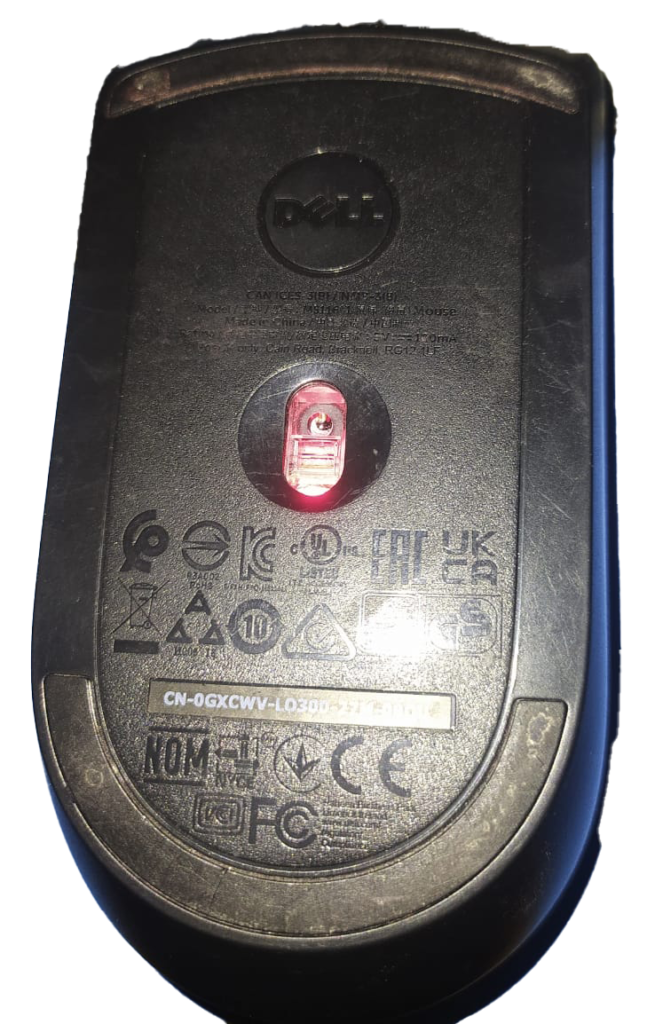
History of Mouse?
The history of the computer mouse dates back to the early 1960s and can be traced to the work of American inventor Douglas Engelbart. Here is a brief overview of the key milestones in the development and evolution of the mouse:
1. Invention (1963): Douglas Engelbart, an engineer at the Stanford Research Institute (SRI), invented the first prototype of the computer mouse. His vision was to improve the way humans interacted with computers. The original mouse featured a wooden shell, two metal wheels for movement detection, and a single button.
2. “Mother of All Demos” (1968): On December 9, 1968, Engelbart demonstrated the mouse, along with other groundbreaking technologies such as hypertext, video conferencing, and collaborative real-time editing, in a live presentation famously known as the “Mother of All Demos.” This event showcased the potential of the computer mouse as an input device. (Top 10 Best Mouse To Buy)
3. Xerox PARC (1970s): Researchers at Xerox’s Palo Alto Research Center (PARC) further developed the mouse concept in the 1970s. They replaced the original metal wheels with a rolling ball and introduced the three-button design. The mouse was integrated with the Xerox Alto, an early personal computer that pioneered the graphical user interface (GUI).
4. Apple Lisa and Macintosh (1980s): In the early 1980s, Apple adopted the mouse as an input device for its Apple Lisa computer, making it the first commercially available computer with a mouse. The Apple Macintosh, released in 1984, also included a mouse, helping to popularize the device among consumers.
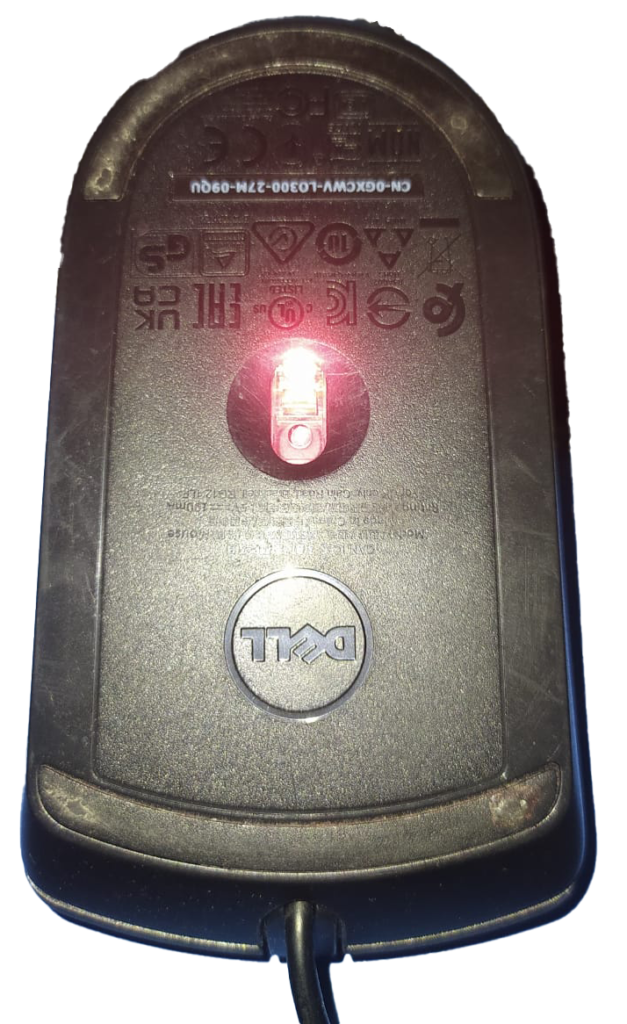
5. Microsoft Windows and the rise of the PC (1980s-1990s): With the launch of Microsoft Windows in 1985, the mouse became an essential component of personal computers using the Windows operating system. Microsoft also produced its own line of computer mice.
6. Optical and laser mice (the late 1990s-2000s): Mechanical ball mice were gradually replaced by optical and laser mice, which used LED lights or laser sensors to detect movement, offering improved accuracy and reliability. (Top 10 Best Mouse To Buy)
7. Wireless mice (2000s): The introduction of wireless technology allowed for the development of mice that connected to computers without cables, providing greater freedom of movement and reduced cable clutter.
8. Specialized and ergonomic designs (2000s-present): As the market for computer mice expanded, various specialized and ergonomic designs emerged to cater to different user needs, such as gaming mice, vertical mice, trackball mice, and stylus mice. (Top 10 Best Mouse To Buy)
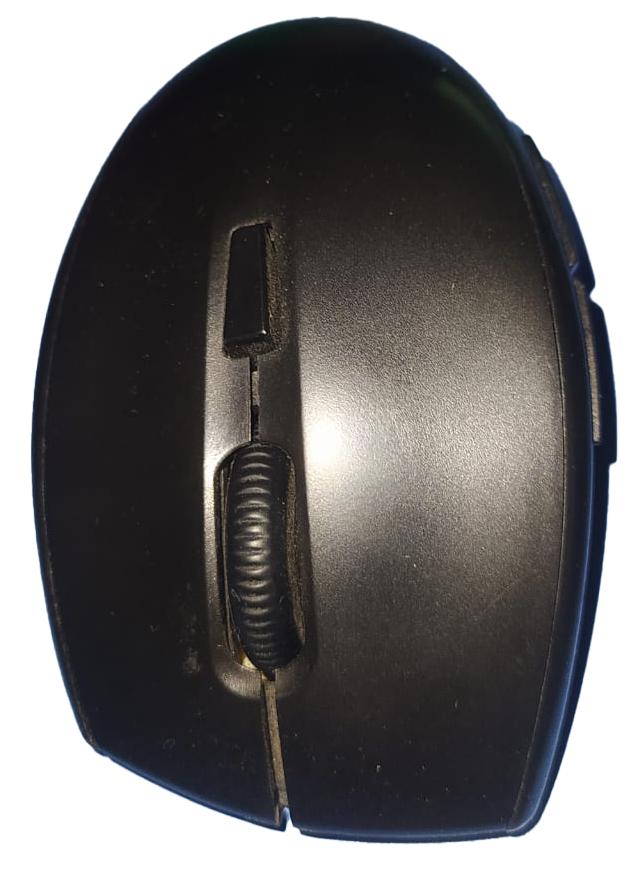
Throughout its history, the computer mouse has evolved significantly in terms of design, technology, and functionality. It has become an indispensable input device for modern computing, helping to shape the way users interact with computers and graphical user interfaces. (Top 10 Best Mouse To Buy)
Which Mouse should buy?
The mouse you should buy depends on your specific needs, preferences, and budget. When deciding on a mouse, consider the following factors:
- Purpose: Determine the primary purpose of the mouse, such as general use, gaming, graphic design, or office productivity. Different mice are designed for different purposes, and choosing one that aligns with your needs will ensure a better experience.
- Wired or wireless: Decide whether you prefer a wired or wireless mouse. Wireless mice offer more freedom of movement and reduced cable clutter, while wired mice don’t require batteries or recharging.
- Ergonomics: Consider the ergonomics of the mouse, especially if you plan to use it for extended periods. Look for features such as a comfortable shape, customizable buttons, and adjustable weight to suit your hand size and grip style.
- Sensitivity and precision: For tasks that require high levels of accuracy, such as gaming or graphic design, look for a mouse with a high-quality sensor and adjustable sensitivity settings (measured in DPI or dots per inch).
- Compatibility: Ensure the mouse is compatible with your computer’s operating system, such as Windows, macOS, or Linux. Most mice are compatible with multiple operating systems, but it’s always good to double-check.
- Budget: Set a budget and look for a mouse that offers the best combination of features and quality within your price range. (Top 10 Best Mouse To Buy)
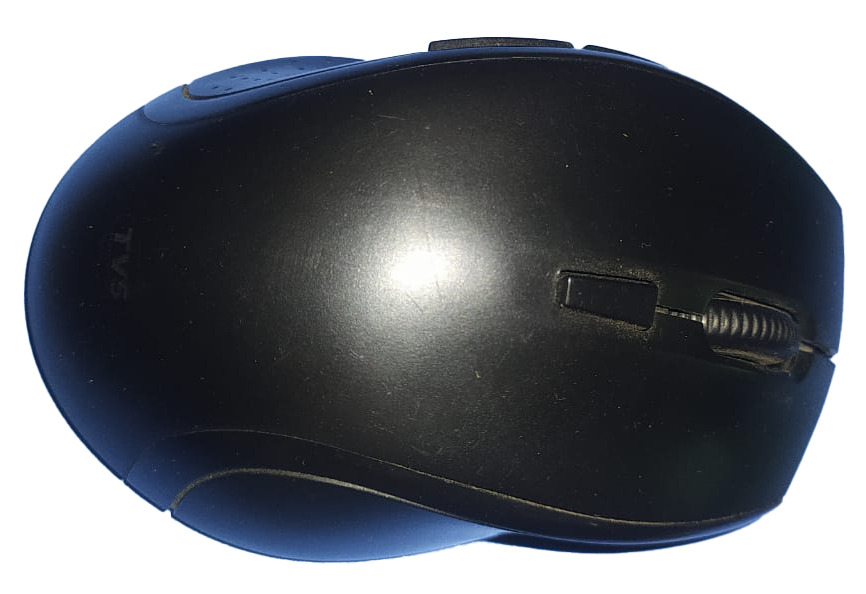
Topic Cover Below Given Heading?
- “Mastering the Mouse: Exploring the Evolution, Types, and Top Brands of Computer Mice”
- “Navigating the World of Computer Mice: A Comprehensive Guide to Choosing the Perfect Mouse”
- “From Invention to Innovation: The Fascinating Journey of the Computer Mouse”
- “A Click in Time: The History, Functionality, and Impact of the Computer Mouse”
- “The Ultimate Mouse Guide: Discovering the Best Fit for Your Computing Needs”
- “Point, Click, and Scroll: Unraveling the Mysteries of the Modern Computer Mouse”
- “Cursor Control Chronicles: A Deep Dive into the World of Computer Mice”
- “The Computer Mouse: Uncovering the Past, Present, and Future of a Revolutionary Input Device”
- “Mouse Matters: How to Find the Perfect Companion for Your Computing Experience”
- “Decoding the Device: A Comprehensive Exploration of Computer Mouse Technology and Choices”
- “The Tale of the Tail: Tracing the Origins, Evolution, and Future of the Computer Mouse” (Top 10 Best Mouse To Buy)
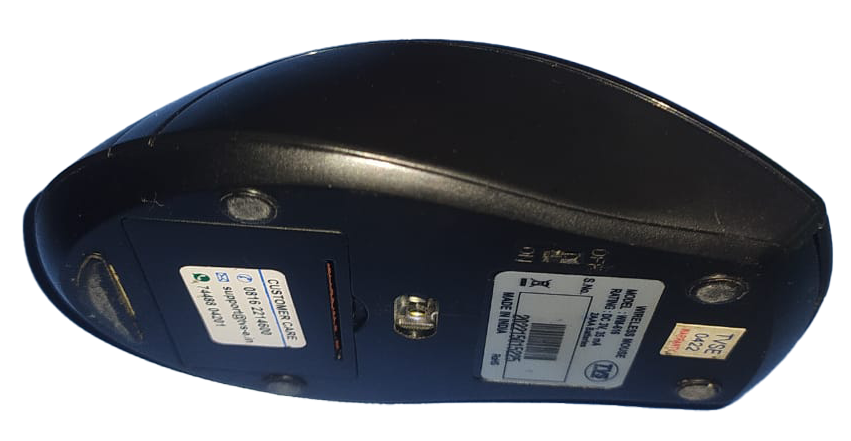
Conclusion about Mouse?
In conclusion, the computer mouse has been a revolutionary input device that has significantly impacted the way users interact with computers and graphical user interfaces. Since its invention by Douglas Engelbart in the 1960s, the mouse has undergone numerous transformations in terms of design, technology, and functionality. Today, there is a wide variety of mice available, catering to different needs, preferences, and budgets, ranging from general use and gaming to ergonomic and specialized designs. (Top 10 Best Mouse To Buy)
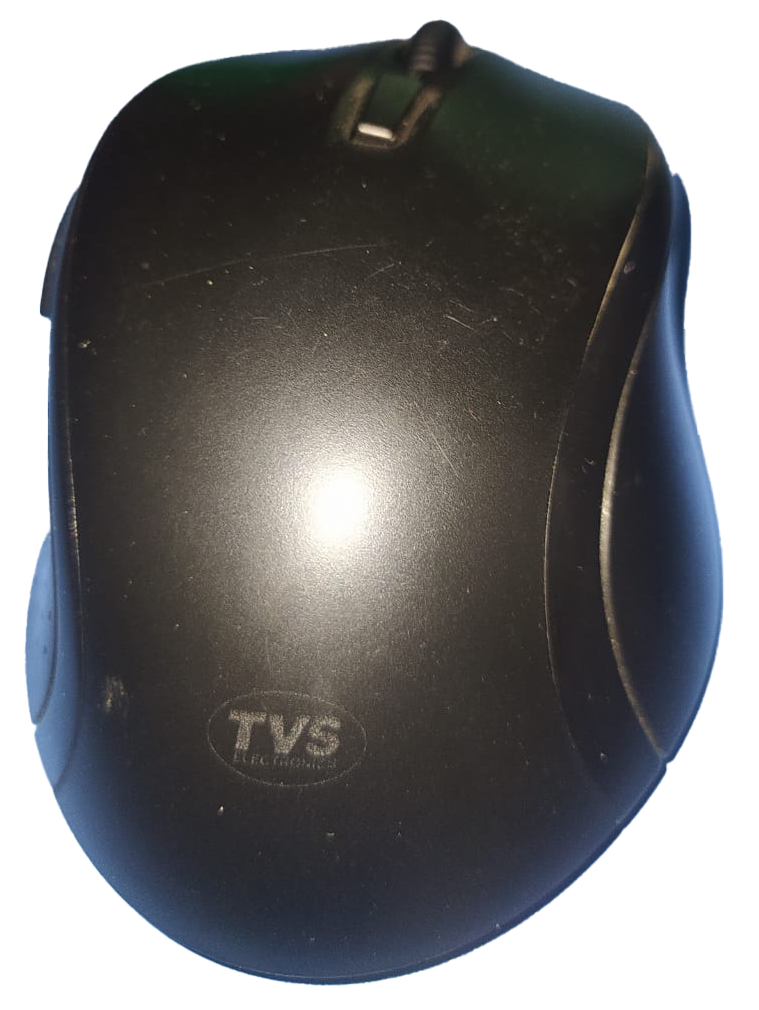
The continued evolution of the computer mouse demonstrates its adaptability and relevance in an ever-changing technological landscape. As a crucial component of modern computing, the mouse will likely continue to evolve alongside emerging technologies and user requirements. When choosing a mouse, it’s essential to consider your specific needs and preferences to find the perfect companion for your computing experience. (Top 10 Best Mouse To Buy)
Important Links
1-VedantSri Official Website:- https://vedantsri.com

